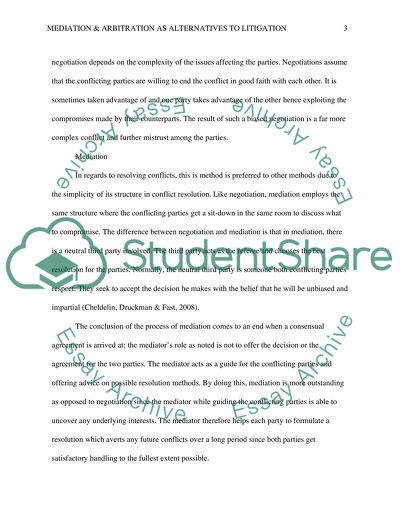Cite this document
(“Alternative Dispute Resolution: Mediation & Arbitration As Essay”, n.d.)
Retrieved from https://studentshare.org/law/1473623-alternative-dispute-resolution-mediation
Retrieved from https://studentshare.org/law/1473623-alternative-dispute-resolution-mediation
(Alternative Dispute Resolution: Mediation & Arbitration As Essay)
https://studentshare.org/law/1473623-alternative-dispute-resolution-mediation.
https://studentshare.org/law/1473623-alternative-dispute-resolution-mediation.
“Alternative Dispute Resolution: Mediation & Arbitration As Essay”, n.d. https://studentshare.org/law/1473623-alternative-dispute-resolution-mediation.


